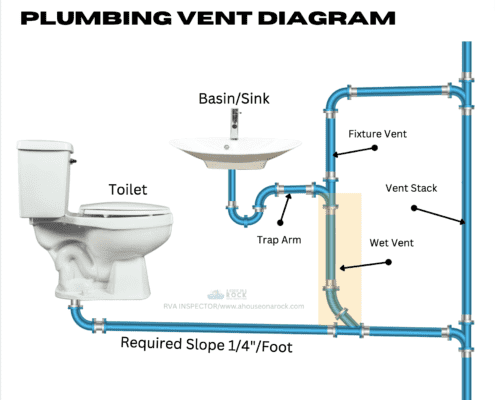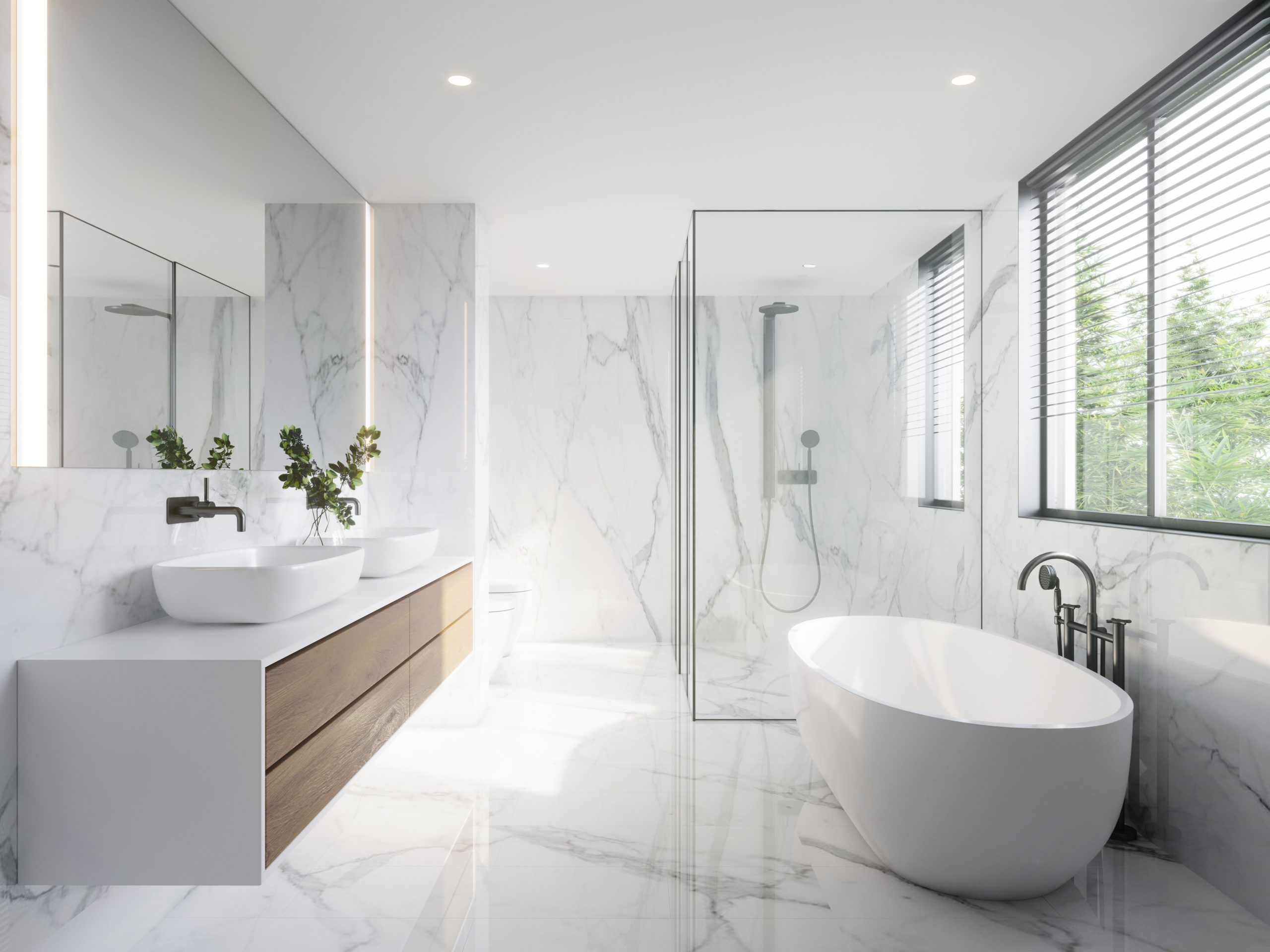Understanding The Importance of Adequate Ventilation in Plumbing Systems
Understanding The Importance of Adequate Ventilation in Plumbing Systems
Blog Article
Are you currently interested in answers on What Is a Plumbing Vent and Why Is It Important?

Correct air flow in pipes systems is frequently neglected, yet it is essential for preserving the functionality and safety of your home's plumbing. Air flow aids control air pressure, prevent the buildup of hazardous gases, and make certain the reliable removal of waste. In this overview, we will discover the importance of proper plumbing air flow, exactly how it functions, and the benefits it gives your plumbing system.
Recognizing Ventilation in Pipes
Ventilation in pipes describes the network of pipes that permit air to flow with the drainage system. These vents serve numerous objectives, including regulating atmospheric pressure within the pipelines, preventing sewer gases from getting in the home, and helping in the smooth circulation of wastewater.
How Air Flow Works in Plumbing Solutions
Atmospheric Pressure Regulation
Proper air flow preserves well balanced atmospheric pressure within the plumbing system. When water flows with pipes, it displaces air. Without sufficient ventilation, this variation can produce unfavorable pressure, causing slow down drains pipes or siphoning of water from traps, which can cause undesirable odors to leak into the home.
Protecting Against Sewer Gas Buildup
One of one of the most critical features of pipes vents is to prevent sewer gases, such as methane and hydrogen sulfide, from gathering within the home. These gases can position major wellness risks and are extremely combustible. Vent pipelines allow these gases to run away safely outside.
Helping in Waste Removal
Air flow helps in the efficient elimination of wastewater by preventing airlocks in the water drainage system. When air can stream openly through the vents, it enables water and waste to flow smoothly through the pipelines, decreasing the risk of blockages and back-ups.
Types of Plumbing Vents
Key Heap Vent
The main pile vent, likewise referred to as the air vent pile, is the key vent in a plumbing system. It prolongs from the primary drainpipe align via the roofing system, permitting gases to run away and fresh air to enter the system.
Branch Vent
Branch vents link to the primary pile vent and offer private components, such as sinks, toilets, and showers. These vents ensure that each fixture has adequate air flow to function appropriately.
Air Admission Valve (AAV).
An Air Admission Shutoff (AAV) is a one-way shutoff that allows air to enter the plumbing system without the need for a standard vent pipe extending through the roof covering. AAVs are typically utilized in improvements or locations where mounting a typical vent is impractical.
Indicators of Poor Ventilation in Plumbing.
Slow Draining Fixtures.
If your sinks, tubs, or bathrooms are draining pipes gradually, maybe an indication of bad air flow. Poor air flow can develop a vacuum effect, making it challenging for water to drain properly.
Gurgling Sounds.
Gurgling noises coming from drains pipes are commonly a result of air being drawn with water traps because of unfavorable pressure in the pipes. This is a clear sign of insufficient ventilation.
Unpleasant Odors.
Drain smells inside your home are a warning that your pipes system is not correctly ventilated. This could mean that sewer gases are not being adequately aired vent outside, leading to potentially unsafe conditions.
Typical Ventilation Blunders.
Poor Vent Sizing.
Utilizing small vent pipes can result in bad air flow and pressure imbalances in the system. It's essential to utilize vents that meet the particular requirements of your plumbing system.
Improper Vent Placement.
Putting vents too far from the fixtures they serve can reduce their efficiency. Proper positioning makes certain that air can flow freely and successfully via the system.
Disregarding Code Demands.
Building codes give certain guidelines for plumbing air flow. Disregarding these codes can result in a system that falls short to operate correctly and might cause costly repair services or carcinogen.
Benefits of Correct Air Flow.
Improved System Efficiency.
Appropriately aerated plumbing systems operate more successfully, with fewer clogs, faster draining pipes, and less strain on the pipes. This performance prolongs the life expectancy of the plumbing system.
Improved Air Quality.
By preventing drain gases from entering your home, proper air flow adds to far better indoor air high quality, making your living atmosphere healthier and extra comfy.
Protecting Against Water Damage.
Appropriate air flow assists stop water from being siphoned out of catches, which can bring about sewage system gases entering the home and causing water damages over time.
Steps to Ensure Appropriate Ventilation.
Consulting Pipes Codes.
Always speak with local plumbing codes when creating or modifying your plumbing system. These codes give the essential standards for proper venting and ensure your system fulfills safety and security criteria.
Routine Examination and Maintenance.
Routine inspections can assist determine potential ventilation problems prior to they come to be major problems. Upkeep jobs, such as cleaning vent pipes and looking for blockages, are crucial for maintaining the system in good working order.
Specialist Setup.
For brand-new installments or significant alterations, it's a good idea to hire an expert plumber. They have the knowledge to guarantee the ventilation system is appropriately developed and set up according to code.
Conclusion.
Appropriate ventilation is a crucial part of any kind of pipes system, ensuring that it works efficiently and securely. By understanding the importance of ventilation, acknowledging the indications of poor ventilation, and taking steps to maintain your system, you can protect against expensive concerns and safeguard your home's air high quality.
What is a Plumbing Vent and it's used for?All plumbing systems in residential and commercials construction have a plumbing vent. It doesn’t just vent unwanted odors from the drainage system to the outside; it actually serves an important purpose by supplying air to the system.
The plumbing drainage system is actually called a drainage, waste and vent (DWV) system. When water flows down the piping, an air supply (vent) is needed to allow the water to flow. Think of the vertical pipe as a drinking straw. If you plug the top end of a straw, liquid won’t drain from it.
The DWV system in your building consists of a series of pipes connected to each fixture; they extend above each fixture, and the system terminates at an open pipe that extends through the roof. This piping allows air into the system and prevents unbalanced pressures in the piping.
?The vent also prevents the system from drawing water out of a trap at the fixture with the characteristic “glug-glug-glug” as the drain gasps for air. Plumbing traps should drain smoothly and never “glug” or gasp for air.
If you have a drain that empties slowly or gurgles as it drains, this may indicate a venting problem. If you flush a toilet and the sink gurgles, there’s definitely a vent problem. It is good idea to have a Plumber check this.
https://www.ameliashomeinspection.com/blog/what-is-a-plumbing-vent-and-its-used-for

I'm just very involved in What Are Plumbing Vents and Why Are They Important? and I'm hoping you enjoyed reading the new blog posting. Sharing is good. Helping others is fun. Thanks for taking the time to read it.
Call Today Report this page